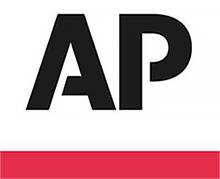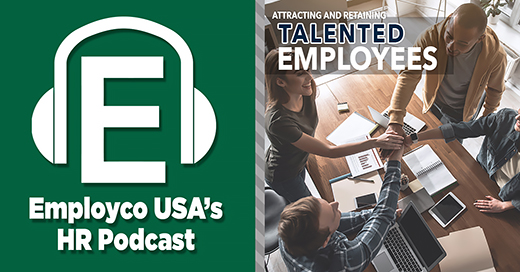Employment expert explains how businesses can stay on the right side of immigration law
 President Trump has made global headlines with his most-recent tweets which pledge to build a border wall at Mexico’s expense. Meanwhile immigration crackdowns at places of business will no doubt continue to increase during 2019.
President Trump has made global headlines with his most-recent tweets which pledge to build a border wall at Mexico’s expense. Meanwhile immigration crackdowns at places of business will no doubt continue to increase during 2019.
In fact, ICE reports a 650 percent surge in workplace arrests since Trump became president.
“Employment audits are part of President Donald Trump’s commitment to changing the face of immigration policy in this country,” says Rob Wilson, employment trends expert and President of Employco USA. “Businesses need to realize that this administration is taking immigration records very seriously, and if they fail to produce the proper paperwork when questioned, they could face fines or even criminal charges.”
Wilson says that states like California, Florida, Illinois, New Jersey, New York and Texas should be on special alert, as it is known that these are the states with the highest number of undocumented workers.
“President Trump is going to start by cracking down in places that are known to have a history of undocumented workers,” says Wilson. “And, he’s going to be tough on employers. Unlike past administrations which focused more on the workers themselves, Thomas Homan, acting director of Immigration and Customs Enforcement, promises a significant increase on work site raids and he says that they will prosecute those who knowingly hire undocumented workers.”
The employment trends expert says that there are several things companies need to do in order to ensure that their businesses are “ICE-proof,” including:


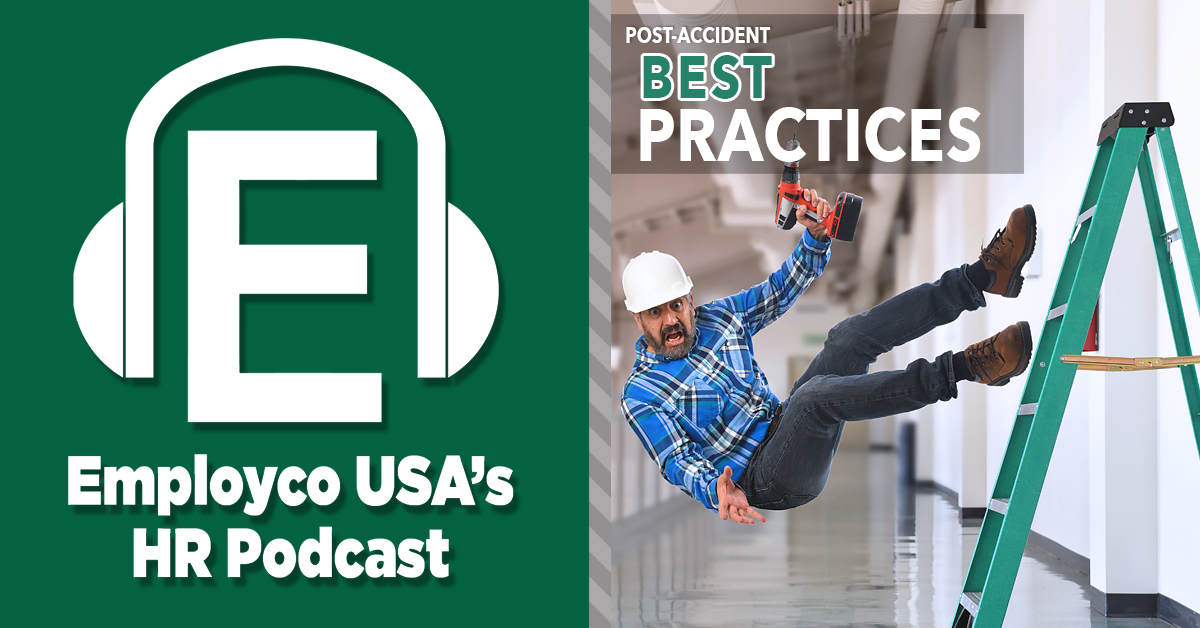
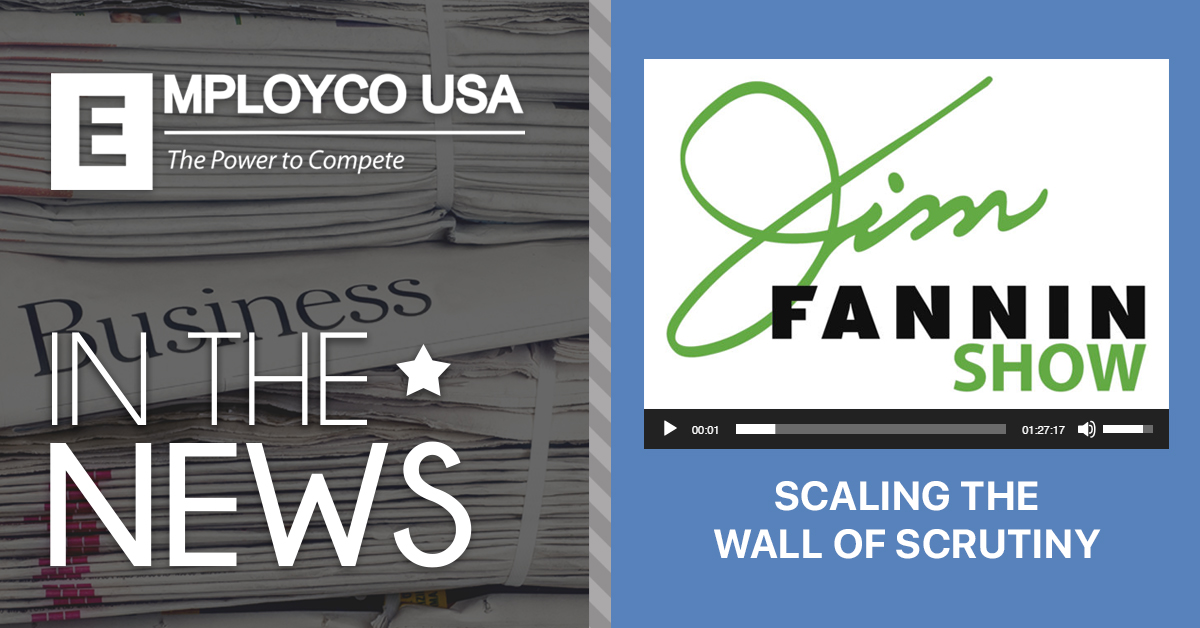
 A
A  After the 2018 midterms, three states voted in favor of marijuana legalization, with Missouri and Utah approving the drug for medical use, and Michigan approving it for recreational use. Additionally, states like Wisconsin and Illinois voted for several crucial medical marijuana and legalization measures.
After the 2018 midterms, three states voted in favor of marijuana legalization, with Missouri and Utah approving the drug for medical use, and Michigan approving it for recreational use. Additionally, states like Wisconsin and Illinois voted for several crucial medical marijuana and legalization measures.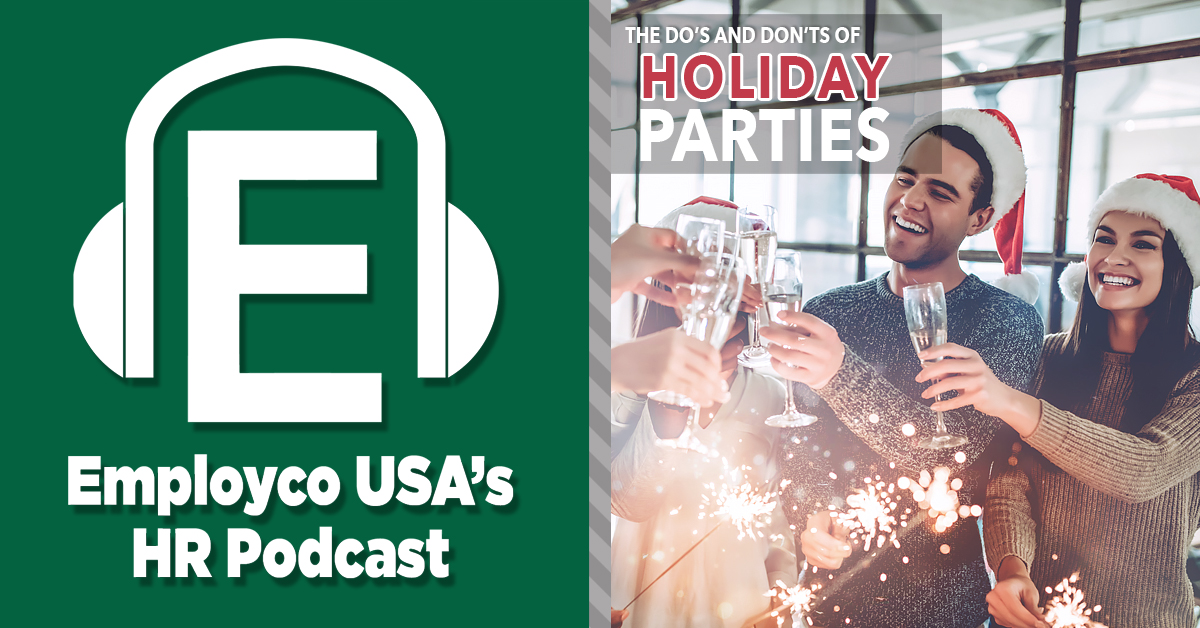
 A
A 